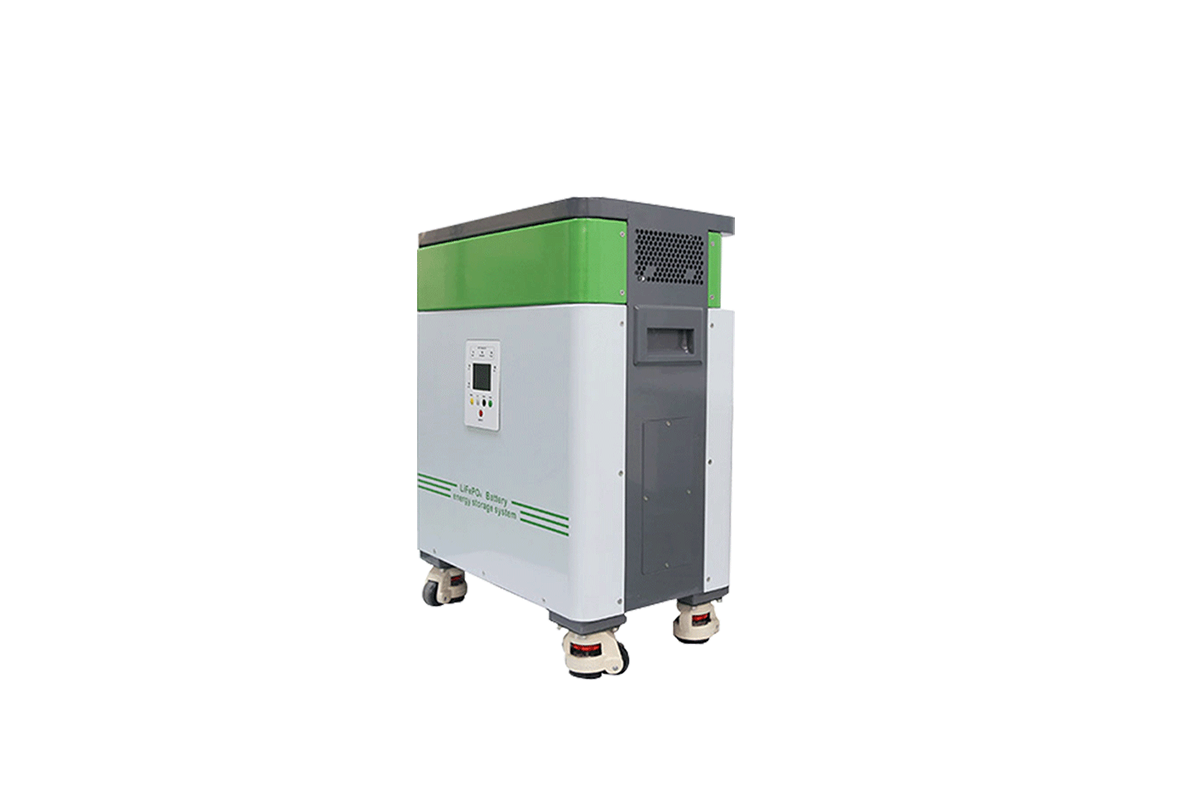

Time:2025-06-12 Views:1

Solid oxide electrolyte batteries (SOEBs) have emerged as a promising technology in the energy storage and conversion field due to their high energy efficiency, long - term stability, and wide range of operating temperatures. At the core of SOEBs is the solid oxide electrolyte, which is typically an oxygen - ion - conducting ceramic material, such as yttria - stabilized zirconia (YSZ).
The operation principle of SOEBs is based on the electrochemical reactions that occur at the interfaces between the electrodes and the electrolyte. During the charging and discharging processes, oxygen ions migrate through the solid oxide electrolyte from the cathode to the anode under the influence of an applied electric field. At the anode, fuel (such as hydrogen or hydrocarbons) reacts with the oxygen ions, releasing electrons that flow through the external circuit to generate electricity. At the cathode, oxygen from the air is reduced to oxygen ions, which then enter the electrolyte.
One of the significant advantages of SOEBs is their high operating temperature, usually ranging from 600°C to 1000°C. This high - temperature operation allows for the direct use of a variety of fuels without the need for complex fuel - processing steps, enhancing the flexibility and efficiency of the battery system. Additionally, the high temperature promotes faster electrochemical reaction kinetics, resulting in high power density and improved overall performance.
However, the high - temperature operation also brings several challenges. Firstly, the selection of materials for the electrodes and other components is limited, as they must be able to withstand the high - temperature environment without degradation. Secondly, the high - temperature operation requires complex thermal management systems, which increase the cost and size of the battery system. To address these challenges, researchers are actively exploring the development of intermediate - temperature solid oxide electrolyte batteries (IT - SOEBs), which operate at temperatures between 300°C and 600°C. By reducing the operating temperature, IT - SOEBs can potentially use less expensive materials and simplify the thermal management requirements.
Another area of research focus is on improving the ionic conductivity of the solid oxide electrolyte. New materials and fabrication techniques are being investigated to enhance the movement of oxygen ions through the electrolyte, thereby reducing the internal resistance of the battery and improving its overall performance.
Read recommendations:
Maintenance - free 48V solar system battery
220v portable power station with fast charging for RV travel